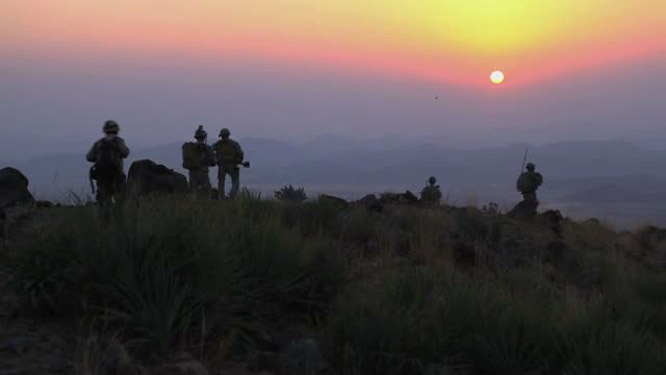The Covert Convert Behind the CIA’s Drone Program

March 26, 2012
Share
“He presides over a campaign that has killed thousands of Islamist militants and angered millions of Muslims,” wrote The Washington Post‘s Gregg Miller, in a rare profile of the head of the CIA’s Counterterrorism Center (CTC). “But he is himself a convert to Islam.”
Identified only as “Roger,” the first name of his cover identity, he is described as the “leader of the hunt for Osama bin Laden,” and “relentless” in his pursuit to escalate the CIA’s drone campaign in Pakistan.
According to the Post, Roger came up with the idea for pursuing “signature strikes,” the more controversial of the two kinds of drone strikes the agency carries out. As The Wall Street Journal explained last year, a signature strike targets “groups of men, believed to be militants associated with terrorist groups, but whose identities aren’t always known.”
Today, the majority of the CIA’s strikes in Pakistan belong to this category, as compared to the first few years of the program, when the CIA mainly targeted known militants in what are known as “personality strikes.”
The Post notes that Roger has headed the CTC for six years, whereas his predecessors, including Cofer Black and Robert Grenier, lasted in the highly stressful position for fewer than three years.
Since leaving the CTC, Grenier has become a critic of escalated U.S. drone policy. Last year, speaking to FRONTLINE for the film The Secret War, Grenier questioned whether the program is creating more militants than it is killing. “In a sense, yes, we have helped to bring about the situation that we most fear,” he said.
The Post‘s story also examines Roger’s management style — “His defenders don’t even try to make him sound likeable,” Miller writes — and explores the criticism he endured after the December 2009 suicide attack on the CIA outpost in Khost, Afghanistan, which killed seven CIA employees.
Miller writes that recent rumors have suggested Roger will soon leave the position, but he notes that “similar speculation has surfaced nearly every year since he took the job.”
Related Documentaries
Latest Documentaries
Related Stories
Related Stories
Policies
Teacher Center
Funding for FRONTLINE is provided through the support of PBS viewers and by the Corporation for Public Broadcasting. Additional funding is provided by the Abrams Foundation; Park Foundation; the John D. and Catherine T. MacArthur Foundation; and the FRONTLINE Journalism Fund with major support from Jon and Jo Ann Hagler on behalf of the Jon L. Hagler Foundation, and additional support from Koo and Patricia Yuen. FRONTLINE is a registered trademark of WGBH Educational Foundation. Web Site Copyright ©1995-2025 WGBH Educational Foundation. PBS is a 501(c)(3) not-for-profit organization.



















